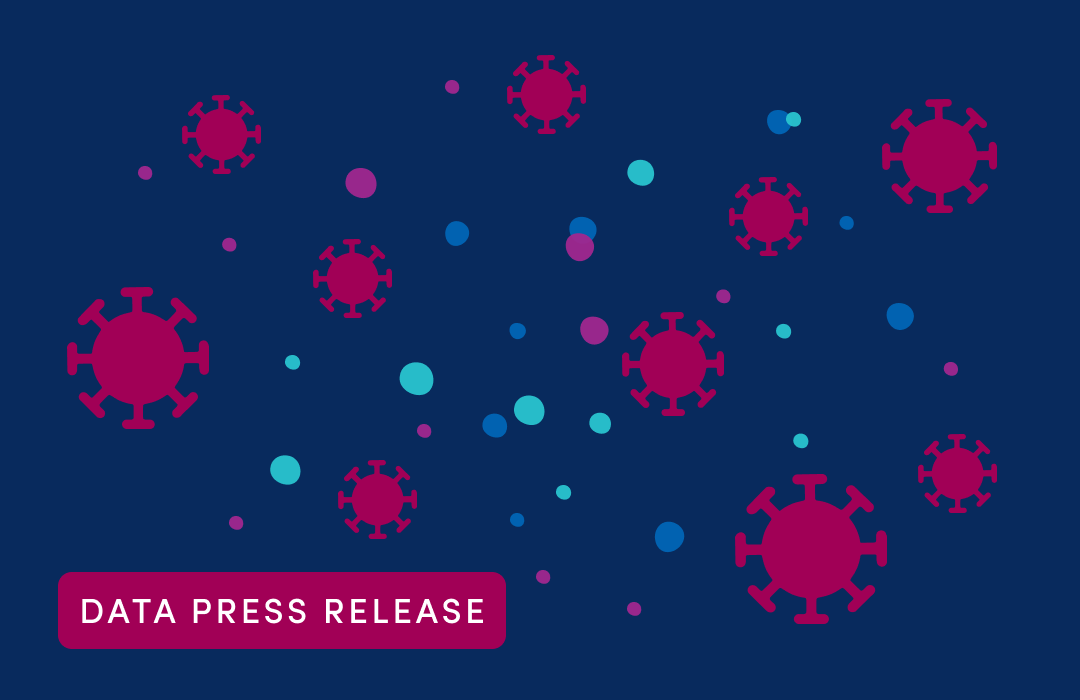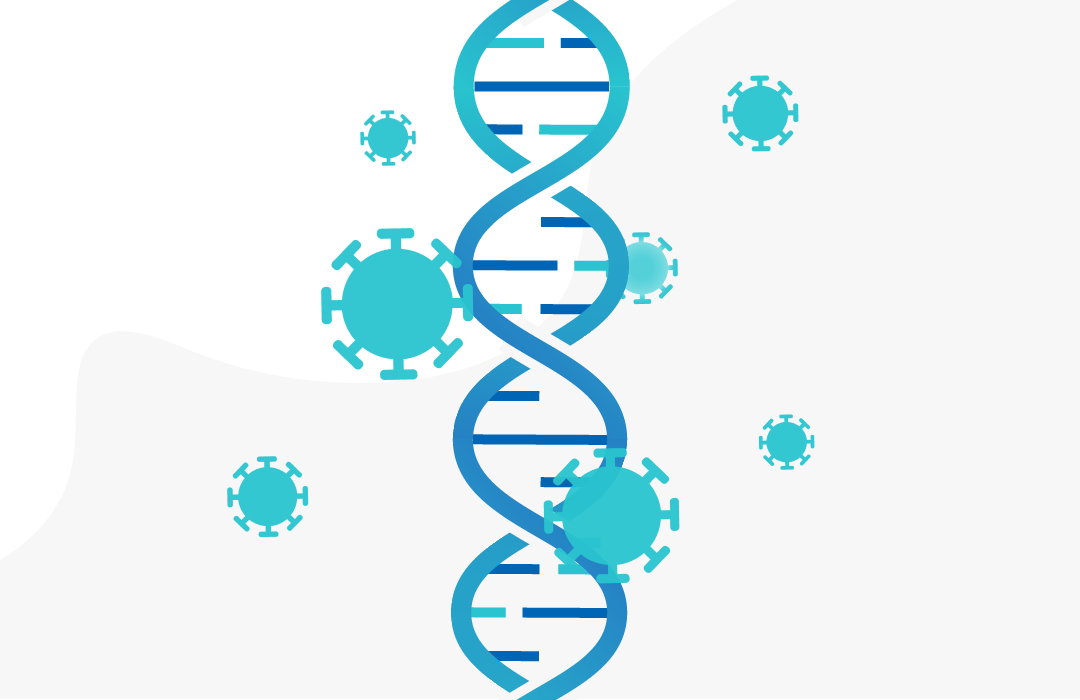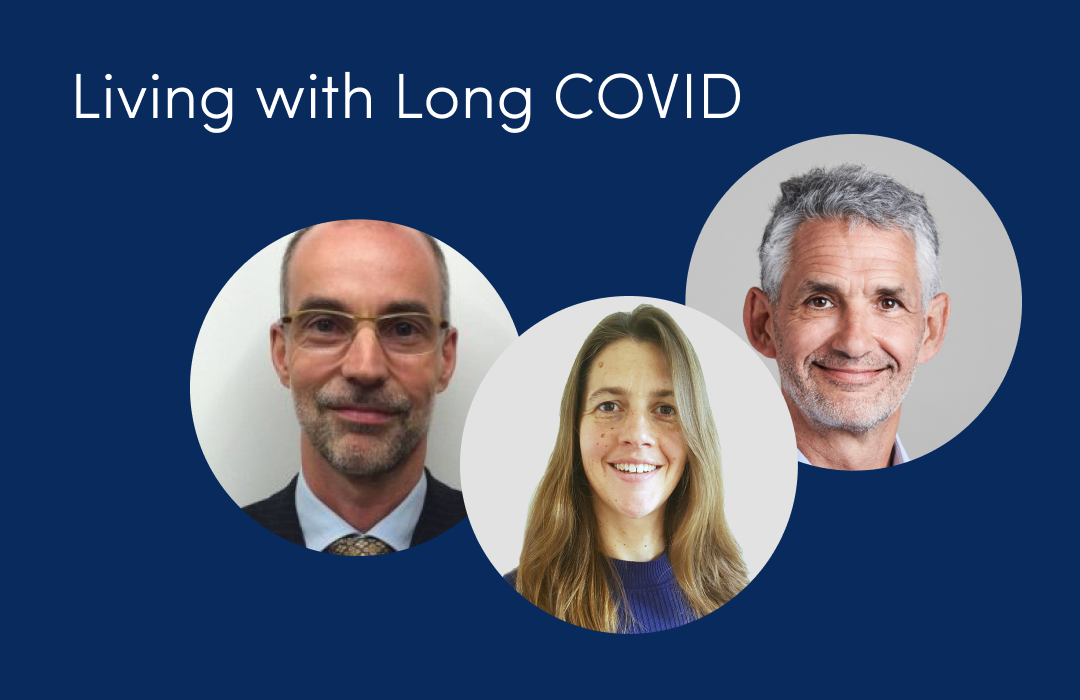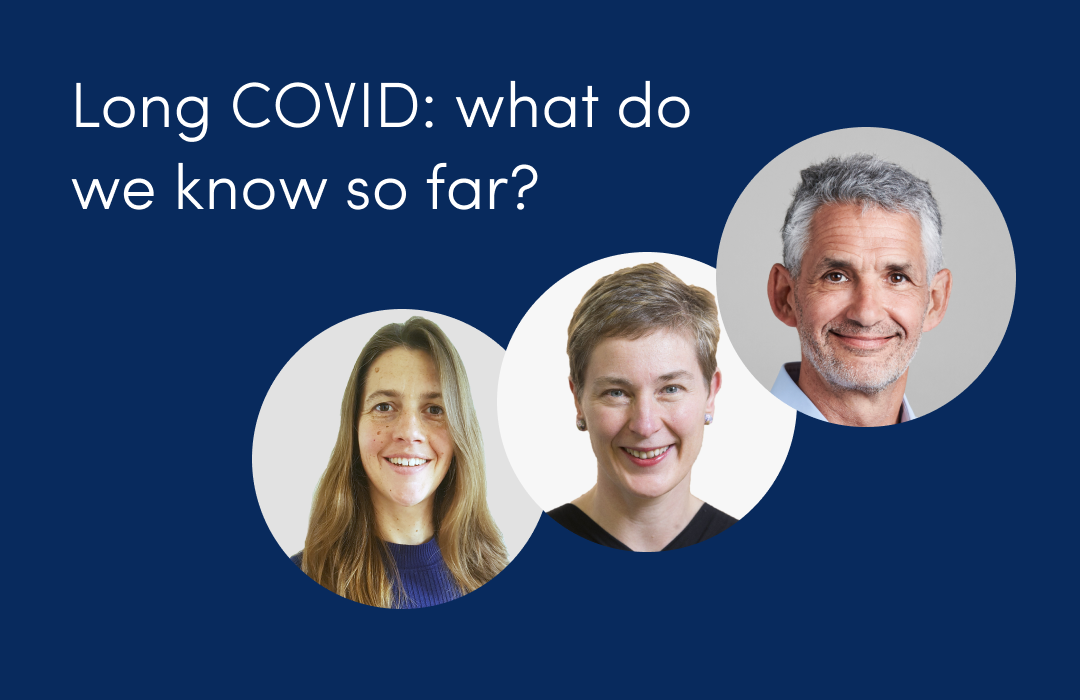
How are we studying COVID-19 in twins?
July 31, 2020

This article has not been updated recently
Adapting data collection methods during COVID-19 at TwinsUK
This post was originally written by Paz García, Engagement & Communications Manager at TwinsUK for Closer, the home of longitudinal research, as part of their COVID-19: Perspectives blog series.
COVID-19 caught the UK largely unawares, like countless disaster movies, despite months of news coverage about a strange respiratory virus emerging in China, Iran and Italy.
In the space of about a week at TwinsUK, we went from rescheduling visits for participants aged 80+ as a precaution, to cancelling all clinic visits and pausing all of our studies in advance of the UK lockdown announced on the 23rd March.
Not ones to sit idle, the team got cracking and an informal consultation with our twins found that they were overwhelmingly supportive of us carrying out research into COVID-19 – and so our COVID-19 research programme was born.
How does one carry out meaningful health research when you’re unable to see participants in clinic? Below is a snapshot of the adapted methods and techniques our team has been working with over the last months to gather data and samples remotely from thousands of twins.
COVID-19 – there’s an app for that
We knew from our nutritional study PREDICT that twins were willing and able to use a mobile phone app to track their participation in a study. Our researchers worked with health science company ZOE, who developed a symptom tracking app at breakneck speed and the COVID Symptom Study app was born the day lockdown was announced in the UK.
The app started life initially with the aim to track twins’ symptoms and eventually send out COVID-19 swab testing kits. Participation was quickly opened up to the general public and as of the end of June 2020, the app has 4 million users and more than ten thousand swabs provided by the Department of Health and Social Care have been sent out to those reporting symptoms.
This widespread use of the app provided crucial data for understanding the spread and progression of the virus, for example, confirming that loss of taste and smell – anosmia – was a bizarre yet distinct symptom of COVID-19.
Adapting at speed
We have also been working closely with other longitudinal population studies to develop a common core questionnaire for cohort participants regarding the physical, mental and social effects of COVID-19.
But COVID-19 threw a spanner in the works of what should have been a relatively straightforward task of administering the questionnaire. While most of our participants are able to complete questionnaires online, the average age of participants in our cohort is 60, and many do not have email addresses. This means that a proportion of our participants can only complete questionnaires on paper. Typically, we send these out in the post to be completed and subsequently returned to us by post as well.
The government advice however was that over-70s and those at high risk needed to shield at home and not go out at all where possible, which meant that asking twins to return questionnaires by post was out of the question. This presented an unusual challenge for us, but we were determined to include these participants in our work, particularly considering the disproportionate impact COVID-19 has – both physically and mentally – on older, newly-isolated people.
Finding a way
We devised a plan where we sent out the paper questionnaire to twins with a letter asking them to complete it as soon as they could and that we would be ringing them to take down their answers over the phone. A team of trained callers then spent two weeks calling each of these participants and recording their answers through a webform (through Qualtrics). The average completion time over the phone was about 20 minutes, which was considerably faster than the 40+ we had anticipated for a 105-question questionnaire!
Home and away
We were receiving daily symptom reports through the app and then some more detailed information about twins’ experience of COVID-19 through the questionnaire, but what we were really missing as a health study was samples. As twins were no longer able to come to us, we arranged to go out to them.
A fleet of three cars set out every day on routes planned with military precision to ensure maximum coverage before racing the clock to get back to the lab in time for the samples to be processed.
We asked twins to stay at home all day – an easy ask when no one is allowed out anyway – to eliminate the risk of missing them. In full PPE, our research nurses carried out swab tests for the virus and collected blood for an antibody test as well as stool and saliva samples for later analysis. During lockdown, we managed to see more than 500 participants in the space of 6 weeks, and we are now returning to visit a subset of participants to investigate their immune responses further.



Looking ahead
We are now planning a further study in which we will combine a follow-up questionnaire with an at-home antibody testing kit, and our team of callers will once again call participants without emails to record their answers.
These studies have only been possible thanks to the truly humbling commitment of our twins to health research. We are really grateful for their support and for the way our cohort has responded to our new methods of working, despite the circumstances.
When the pandemic is over, we will be able to step back and take a good look at everything we’ve done. COVID-19 has forced us to innovate and find creative solutions at high speed. Who knows – it may be that with some refinement, some of our remote methods are more effective than our traditional model of clinic visits.
For more Information:
- Visit the TwinsUK website
- Explore the COVID-19 Longitudinal Research Hub
- Sign up to CLOSER’s COVID-19 Update Bulletin












.png)


.jpg)














.png)







%202.png)
.png)


















.png)






